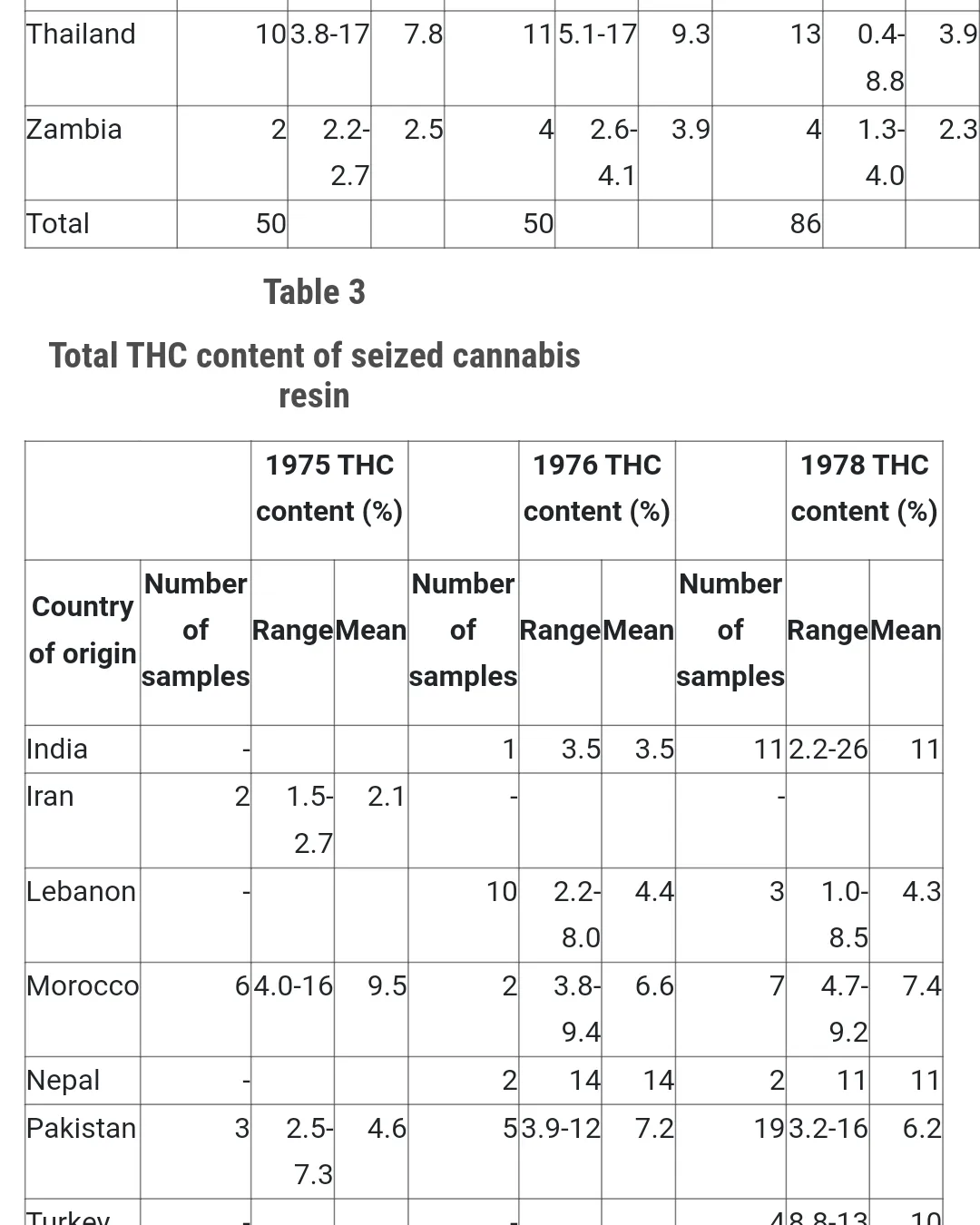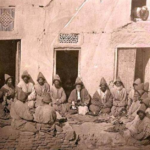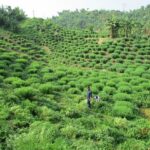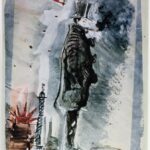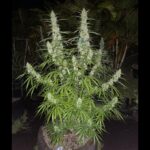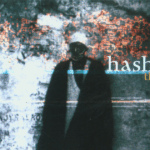Check out these figures showing the THC content (%) of UK customs seizures of landrace cannabis strains in the mid to late 70s.
Sample sizes are very small and results are from TLC (thin-layer chromatography) but still show the potential potency of landraces:
Thai ganja up to 17% THC
Moroccan charas up to 16% THC
Turkish charas up to 13% THC
Indian charas up to 24% THC
Nepali charas up to 14% THC
Pakistani charas up to 16% THC
Pakistani hash oils up 42% THC
Indian hash oils up to 48% THC
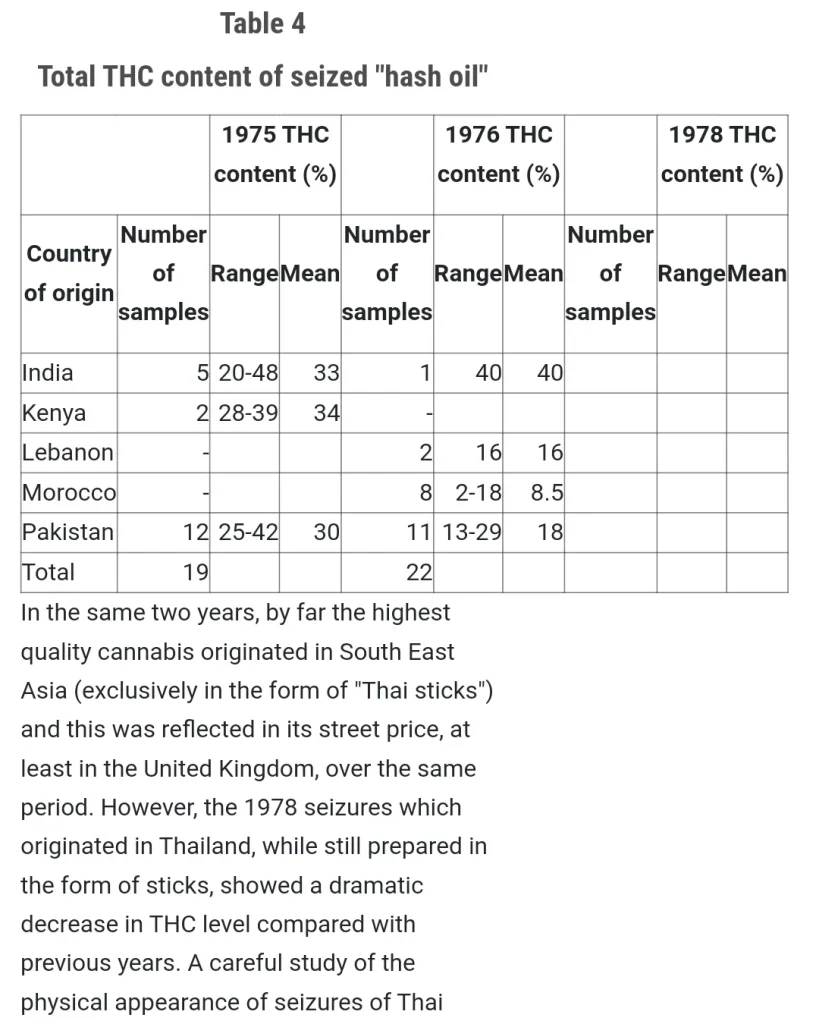
THC figures for ‘hash oil’ (solvent extracts) made from 1970s cannabis landraces
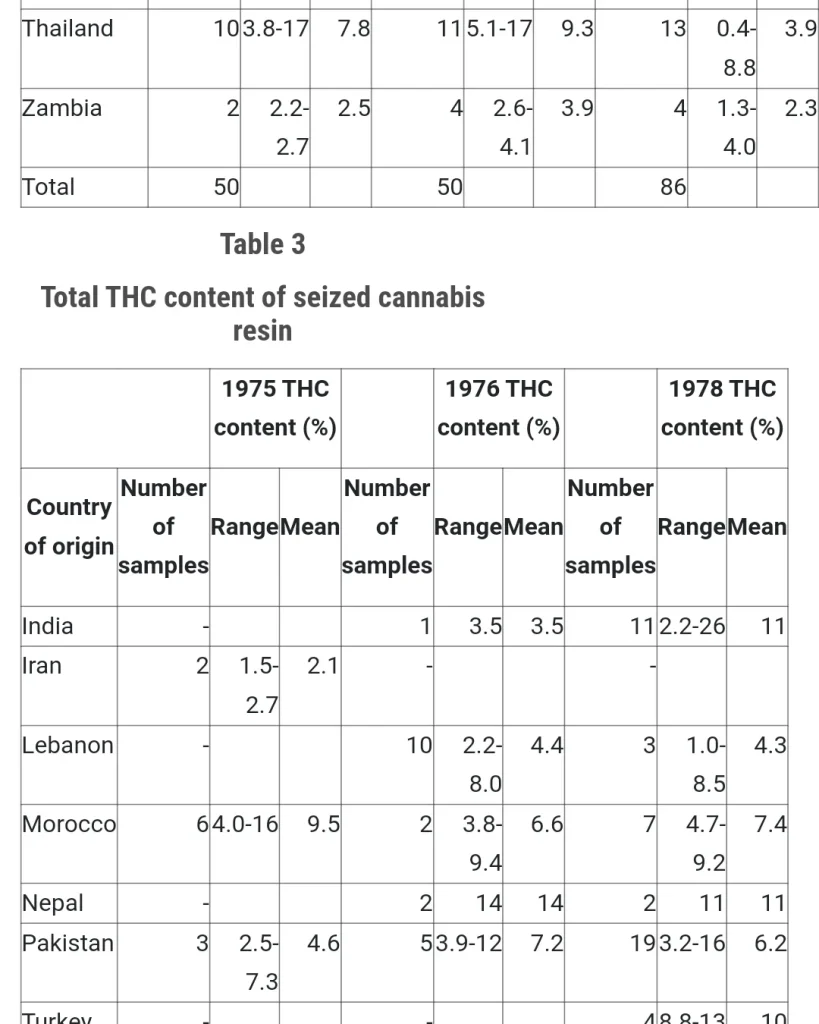
THC figures for ganja (sinsemilla or semi-sensi) and charas (cannabis resin / dry-sieved hashish) made from 1970s cannabis landraces
Arguably the most impressive figures are those for the Thai ganja, at 17% THC for two consecutive years, a level of potency which the scientists will not have gamed by trimming off leaflets etc., as labs do for customers these days. Just to be absolutely clear, the Thai samples were of ganja (sinsemilla or semi-sensi).
As the scientists note of cannabis in the mid-70s:
“By far the highest quality cannabis originated in Southeast Asia (exclusively in the form of ‘Thai sticks’) and this was reflected in its street price….”
For context, the average potency of seizures of imported traditional ganja in the 2000s in the UK was 12.5% THC.
The very low single-digit figures shown above will in nearly all cases be about duff batches of degraded material, either bad when bought or destroyed by heat or mold en route to Europe in trucks and boats, as well as in customs warehouses.
You can find the original data by Googling this study, which – please note – is hosted at the UNODC site: Variation in the THC content in illicitly imported Cannabis products
